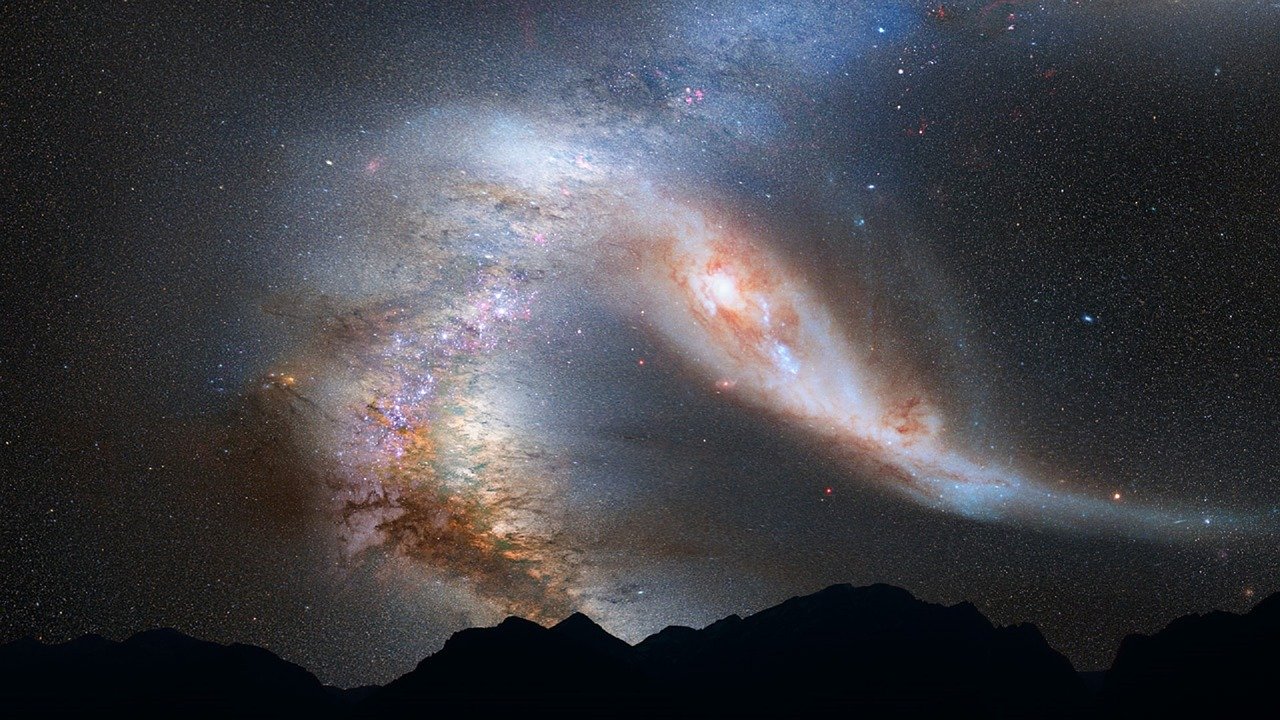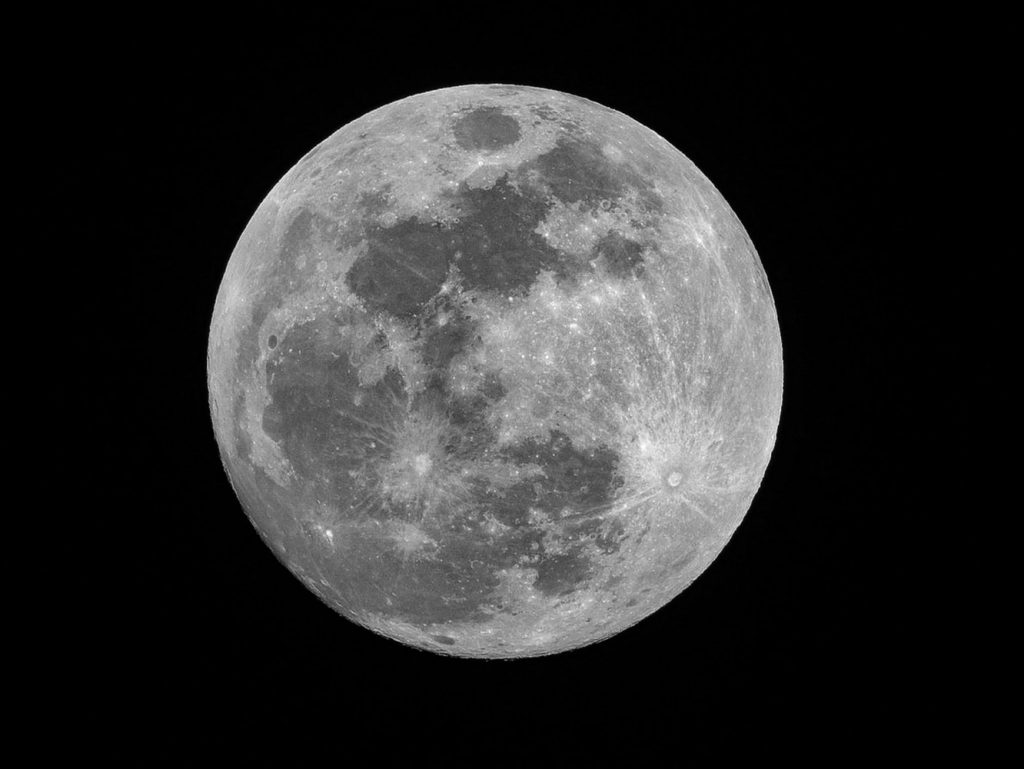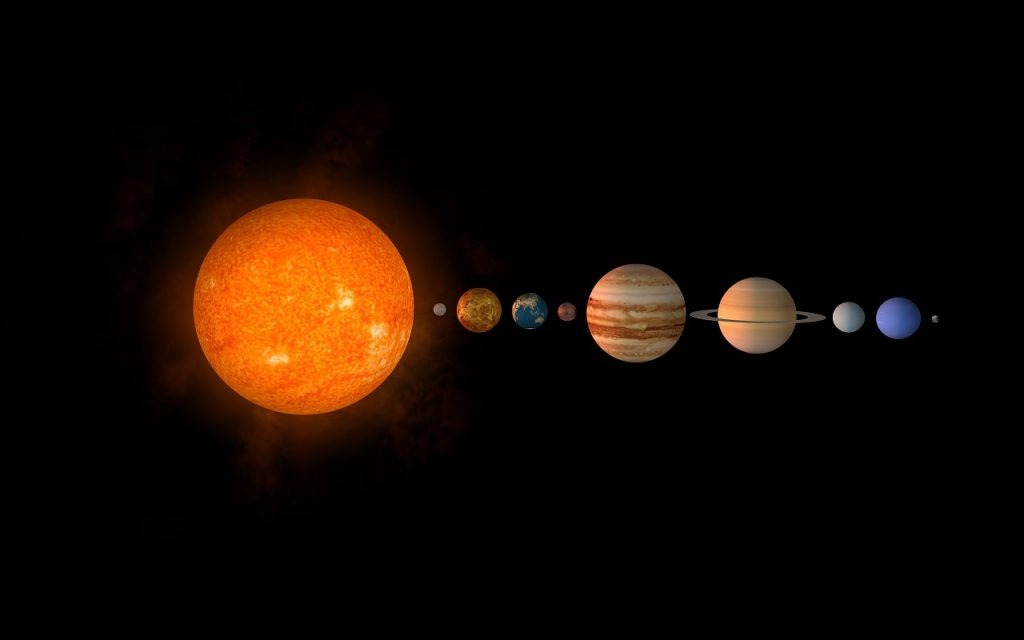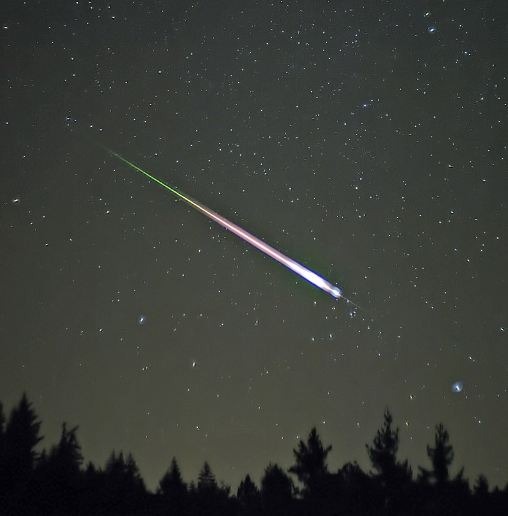Our planet is full of strange natural phenomena, from lenticular clouds to bioluminescence (a glowing effect produced by a particular type of algae). Then there are technicolor mountains, volcanic lightning, blood-red waterfalls, and bright pink lakes. There’s plenty to keep you amazed.
Strange and rare events also happen all the time. There are plenty of strange events you might encounter, from meeting your current partner at a New Year’s Eve party to meeting someone who believes aliens are living on Earth disguised as humans. There is a vast number of rare and unique events that occur that might seem unusual to us.
But what about in space, the final (and largely unexplored) frontier? Below we’ll take a look at some of the strangest or rarest celestial events that we can see during our lifetimes.
Halley’s Comet
Halley’s Comet is the most famous comet in existence. It is named after Edmond Halley, the English astronomer who discovered it. Although initially believed to be several different comets, he correctly determined that this was the same one returning repeatedly. It is notable for being the only short-period comet visible to the naked eye, in addition to being the only comet of this type that can be seen twice in someone’s lifetime.
The comet is only visible from Earth every 75 or 76 years. The last time it was visible on Earth was in 1986, and the next time it is expected to return is 2061. So, while someone can see it twice in their lifetime, it is an altogether rare event.
Blue Moon
A Blue Moon is a somewhat rare event of an extra full moon appearing within a set period. It usually refers to the third full moon in a four-moon season. It can also refer to a second full moon with two full moons in a month, but this is a less standard definition. The former is called a seasonal Blue Moon to distinguish between the two, and the latter is known as a monthly Blue Moon. Seasonal Blue Moons are especially rare, typically only occurring once every two to three years.
The last monthly Blue Moon was in spring 2018, and the next one will be on October 31, 2020 — an infrequent event. If you want to experience the next one on Halloween, it will not happen again until 2039. The last two seasonal Blue Moons occurred in the spring of 2016 and the spring of 2019 with the next not due to occur until the summer of 2021.
Alignment of Five Planets
It’s an extremely rare event to see all eight planets of our Solar System appear in the same part of the sky. The last time this happened was over 1,000 years ago, and it’s not set to happen again until 2492. And they will never perfectly align due to their orientation and orbits.
Although you’ll never see all eight align, it is possible to see five of them align. This event typically happens every 40 to 50 years. The last time a visible five-planet alignment of Jupiter, Mars, Venus, Saturn, and Mercury occurred was in 2002. Before that, the last time this type of alignment occurred was in 1946.
The next significant five-planet alignment is set to occur in September of 2040, and it’s a rare, unmissable event. Although it’s possible to see it more times than Halley’s Comet in one lifetime, it’s still rare enough to be called a once-in-a-lifetime opportunity. Although other planets won’t appear in the alignment, it is possible to see more distant planets like Uranus, depending on weather conditions.
While these are some of the strangest and rarest events we’re capable of seeing, several events won’t occur until the 22nd century and beyond. Halley’s Comet is the rarest on this list, so be sure to catch it next time it comes around. In the meantime, do a little stargazing and admire some of the best constellations around.
Total Solar Eclipse
A Total Solar Eclipse transpires when the New Moon passes between the Sun and the Earth, casting the deepest part of its shadow on the Earth. A Total Solar Eclipse happens. If you look at the Sun via special glasses, you can see a black disk blocking it. During annular and partial solar eclipses, the Moon blocks a portion of the Sun. The Earth is shrouded in darkness during a total eclipse as if night had returned, which can be bewildering for animals and insects, if not people.
While Solar Eclipses occur a few times each year, a Total Solar Eclipse is exceptionally unusual. In the United States, a Total Solar Eclipse occurred in 2017, and astronomers predict that the next one will not occur until 2045. From a specific point, that is because a Total Solar Eclipse can be seen from anywhere on Earth once every 18 months, resulting in two total eclipses of the Sun every three years.
Transit of Venus
The Transit of Venus happens when Venus passes between the Sun and the Earth, resulting in Venus appear as a black disc in the Sun’s shadow. This transit happens every eight years. However, it takes 110 years for it to return to the exact location as a prior event. The Venus Transition, which was last observed in 2012, typically lasts several hours. Venus’ diameter is three times that of the Moon, yet it seems smaller because it is farther away from Earth.
The Venus transit was historically significant for scientific investigations of the extent of the Solar system because it helped to obtain proper calculations of the distance between the Sun and the Earth in 1639, which had previously been inaccurate. Scientists were able to acquire new prospects for research when the transit happened in 2012, mainly for procedures needed to hunt for exoplanets, which are planets that orbit the Sun outside of its Solar system.
Leonid Meteor Storm
When Earth travels through the orbit of comet Tempel-Tuttle, a Leonid meteor storm occurs. Every 33 years, this comet does a complete circle around the Sun. During the Leonid meteor storm, skywatchers can expect 1000 meteors every hour. It goes on for over 15 minutes. This occurrence was first noticed in 1833. Comet Tempel-Tuttle is thought to be capable of producing 100,000 meteors every hour.




